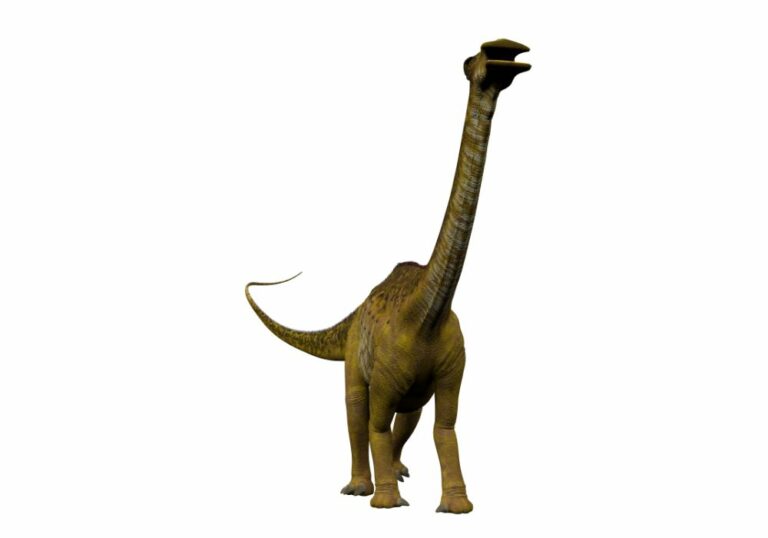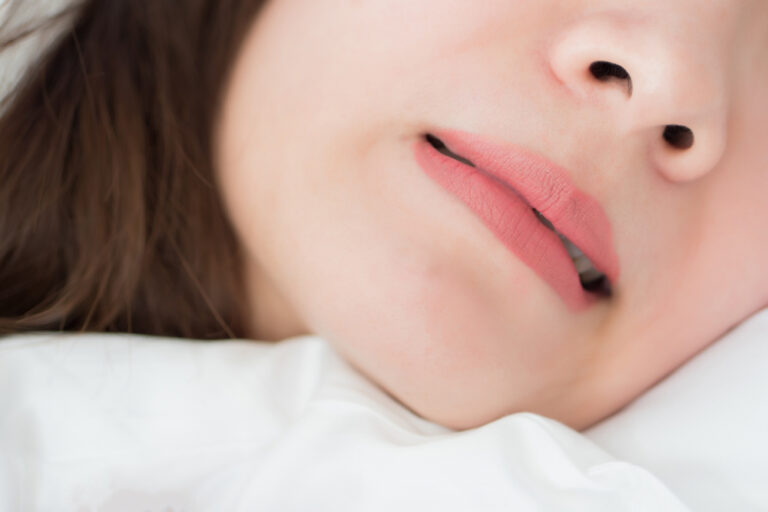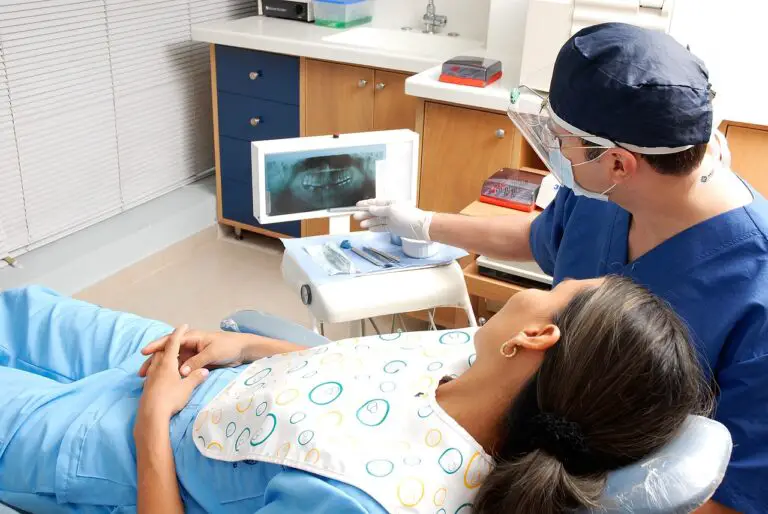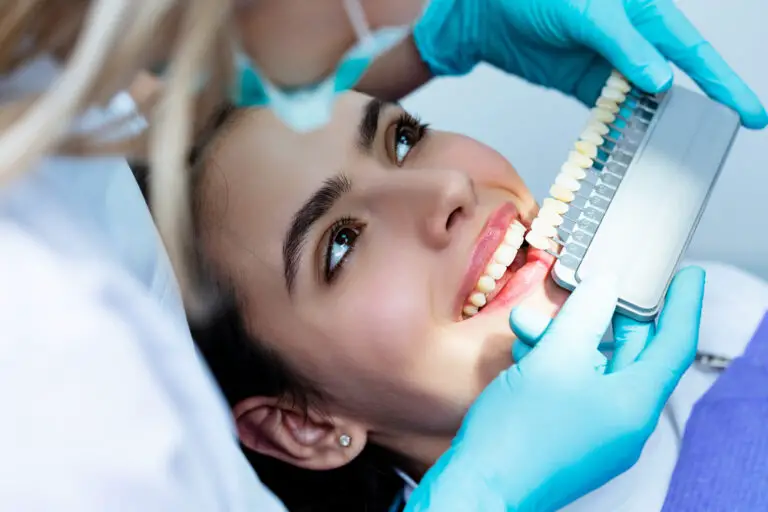Cats can live healthy lives into their late teens and even early 20s. But as cats age, dental disease becomes increasingly common. This leads many cat owners to wonder – why do older cats lose their teeth? Understanding the causes of tooth loss in senior cats can help owners provide the best dental care.
Changes in the mouth that lead to tooth loss
There are several age-related changes that occur in a cat’s mouth that can ultimately cause tooth loss. These include:
Reduced saliva production
Saliva helps prevent plaque buildup and washes away food debris in a cat’s mouth. But saliva production tends to decrease as cats get older. With less saliva, plaque accumulates faster on the teeth. Plaque harbors bacteria which can lead to periodontal disease.
Gum recession
The gums hold the teeth in place within their sockets in the jawbone. As cats age, the gums often recede or pull back from the teeth. This exposes more tooth surface for plaque to adhere to and provides an entry point for bacteria to invade the sockets around tooth roots.
Reduced blood supply to gums
A good blood supply delivers oxygen and nutrients and helps the body fight off infection. But blood circulation to the gums tends to decrease with age. This impairs the body’s ability to ward off bacteria invading the gumline and tooth sockets.
Decreased immune function
Older cats experience a decline in immune function. Their bodies are less able to destroy plaque bacteria and stop the progression of dental disease.
Bone density loss
Cats, like humans, can develop osteoporosis as they age. Loss of bone density makes the jawbone less rigid. This reduces its support for tooth roots. Tooth loss is more likely when the sockets in the jawbone holding the roots become weak.
Stages of periodontal disease leading to tooth loss
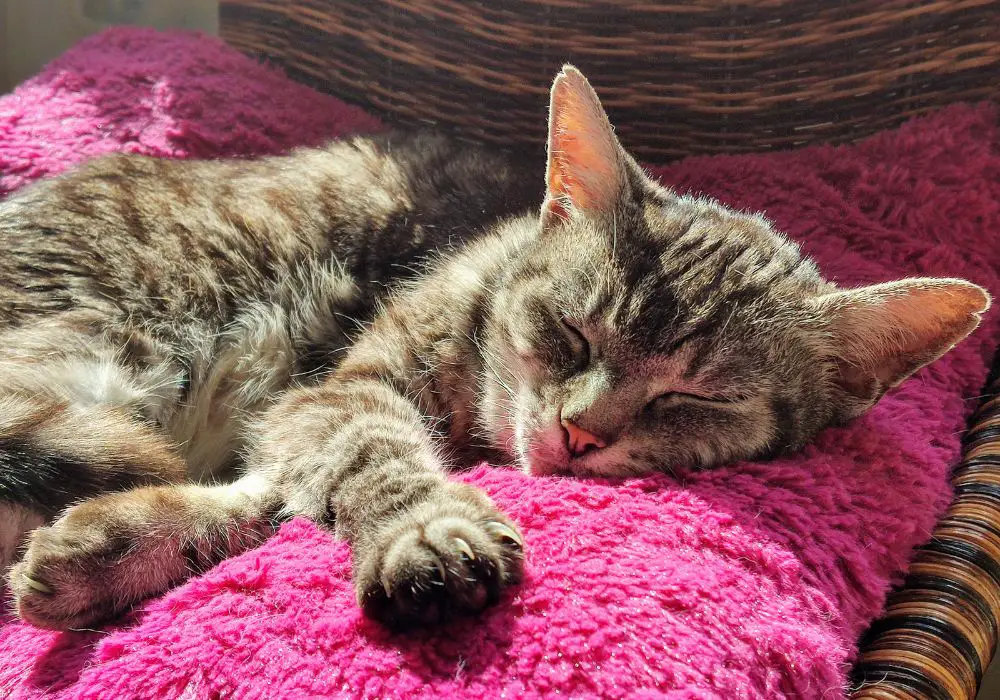
Periodontal disease is the most common oral condition causing tooth loss in cats. The disease progresses through several stages:
Stage 1: Gingivitis
Plaque buildup first leads to inflamed gums, known as gingivitis. At this early stage, a professional dental cleaning and daily toothbrushing can resolve the inflammation and prevent additional dental disease.
Stage 2: Mild periodontitis
If gingivitis is not treated, plaque spreads under the gumline causing mild periodontitis. The gums begin detaching from the teeth and pockets form where bacteria colonize. Professional dental treatment is needed to stop disease progression.
Stage 3: Moderate-Severe periodontitis
Untreated periodontitis leads to irreversible damage to tooth sockets and supporting bone. Pus may drain from infected sockets. Teeth loosen or drift out of position. They often require extraction.
Stage 4: Advanced periodontitis
In end stage disease, teeth become very loose and can fall out spontaneously. Bacteria may spread internally through exposed tooth sockets, causing potentially fatal abscesses. Remaining teeth need extraction.
Other causes of tooth loss in older cats
In addition to periodontal disease, other oral health problems can lead to lost teeth in senior cats:
- Tooth resorption – This painful condition destroys tooth tissue, eventually requiring extraction. It occurs when cells called odontoclasts break down dentin within the tooth.
- Oral cancer – Oral tumors are most common in cats over 10 years old. They can grow large enough to interfere with chewing, requiring tooth extraction.
- Feline odontoclastic resorptive lesions (FORL) – These are holes that form in the teeth at the gumline and progressively destroy enamel and dentin. The cause is unknown but may relate to abnormal activation of odontoclasts. FORLs often require tooth extraction.
- Feline chronic gingivostomatitis (FCGS) – This severe inflammatory disease affects gum tissue and causes ulcers in the mouth. All premolars and molars often need extraction to treat FCGS.
- Jaw fractures – Trauma to the face can fracture the jaw, necessitating tooth removal. Outdoor cats are most prone to this injury.
Signs your cat is losing teeth
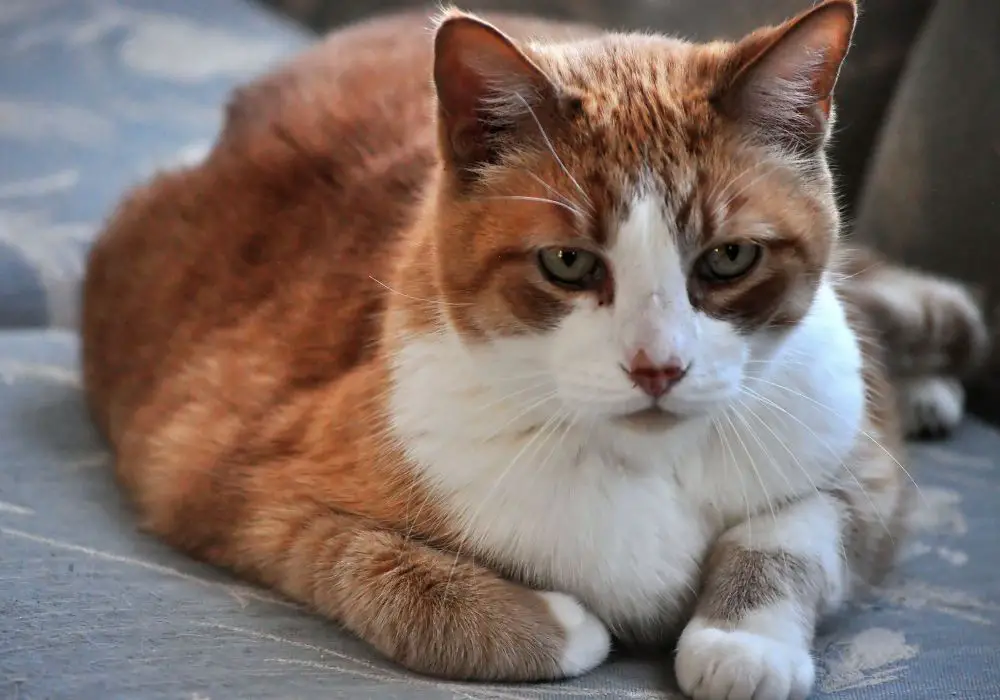
Owners may notice any of the following signs indicating their senior cat is losing teeth:
- Loose, shaky teeth that wiggle with very little pressure
- Increased drooling
- Bad breath
- Red, inflamed gums
- Bleeding from the mouth
- Difficulty eating dry food
- Dropping food from mouth while eating
- Weight loss due to difficulty eating
- Behavioral changes, increased irritability, or withdrawal due to dental pain
- Obvious missing teeth
- Teeth fragments or crowns found on the floor or in bedding
Effects of tooth loss on cats
What happens when cats lose a lot of teeth? Missing teeth can lead to other problems, especially if many teeth are lost at once:
- Malnutrition – Without teeth to properly chew food, cats cannot break down large pieces. This leads to digestive issues and malnutrition.
- Weight loss – Cats burn more calories ingesting and chewing harder foods. Weight loss ensues.
- Food aversion – Oral pain from diseased teeth or an extraction procedure can cause cats to avoid eating.
- Organ disease – Malnutrition stresses the organs and predisposes cats to conditions like fatty liver disease.
- Behavior issues – Dental pain can cause irritability, anxiety, or personality changes.
- Infection – Bacteria from severe dental infections can spread to internal organs like the heart, liver, and kidneys via the bloodstream.
- Dehydration – Dry food provides cats’ main source of fluid. Difficulty eating dry foods because of missing teeth can lead to dehydration.
- Facial deformity – Loss of many teeth causes the jaw and face to “sink in”, giving the cat an unusual appearance.
Managing dental health in older cats
The best approach is prevention. By implementing good dental care early in a cat’s life, owners can potentially stave off major tooth loss in the senior years. Here are some tips:
Annual veterinary dental exams
Cats should receive a thorough veterinary oral exam each year starting around age 3-4. Dental x-rays help detect problems below the gumline. Early periodontal disease treatment can stop progression and save teeth.
Professional dental cleanings
Regular professional dental cleanings are crucial to controlling plaque before it mineralizes into tartar that damages the gums and tooth sockets. Most cats need dental cleanings every 6-12 months.
Daily toothbrushing
Brushing removes fresh plaque and helps prevent calculus formation. Use a soft pediatric toothbrush and cat-safe toothpaste. Work up to brushing all surfaces of all teeth. Start slow with young cats so they accept it.
Dental diets and treats
Dry foods formulated for dental health are larger and crunchier to provide a scrubbing action on teeth. They also contain compounds to prevent plaque accumulation. Dental treats also help control tartar.
Antiseptic oral rinses
Rinses containing chlorhexidine provide an antibacterial effect in the mouth to inhibit plaque formation between teeth cleanings. Wipe a gauze pad soaked in rinse solution over all tooth surfaces.
Water additives
Some oral care products added to a cat’s drinking water can decrease plaque and calculus. This helps reduce bacteria in the mouth between teeth brushings.
Avoiding dry food only diets
Feeding only dry food leads to more severe tartar buildup. Feed a combination of wet and dry food, or transition to a fully canned diet to improve oral health.
Stopping smoke exposure
Cats groom smoke residue from their fur. Toxins in smoke affect gum and oral cavity health. Don’t smoke around cats and keep them away from smokers.
Adapting care for a cat with missing teeth
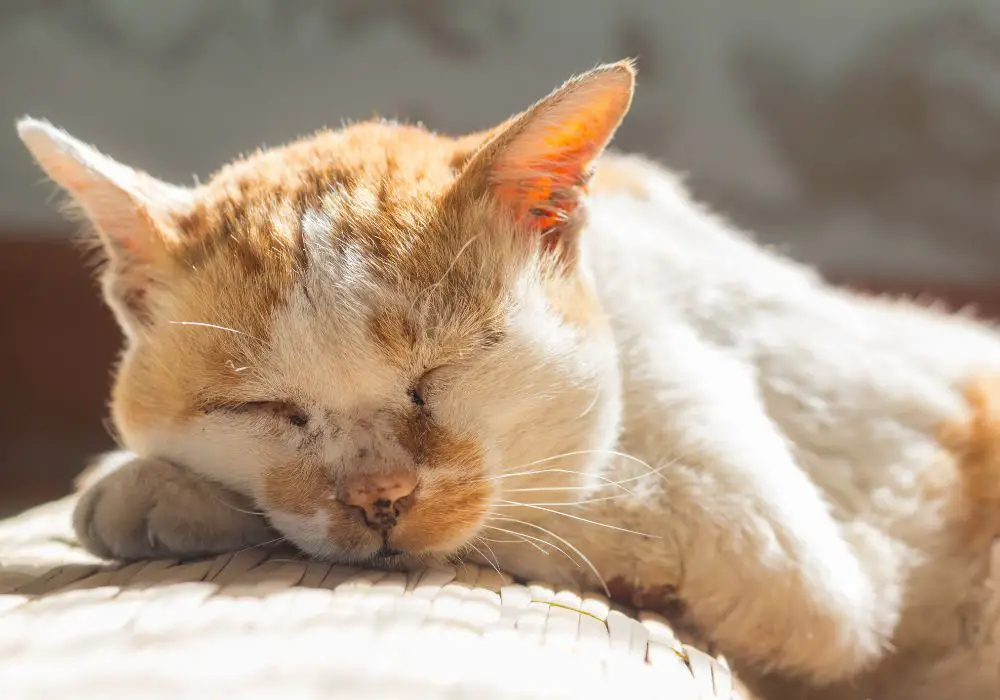
If a senior cat has lost multiple teeth or had full mouth tooth extractions, their care routine must be tailored to their needs:
- Feed soft, canned foods only to make eating less difficult and painful.
- Add extra water to canned food to make it easier to lap up.
- Hand feed smaller bite-sized portions frequently throughout the day.
- Warm canned food to increase aroma and palatability if the cat’s appetite declines.
- Avoid dry kibble since it will be difficult for the cat to chew and swallow.
- Check the cat’s weight frequently to ensure adequate caloric intake.
- Encourage the cat to drink often to compensate for decreased water intake from canned food.
- Use pheromone diffusers and calming treats to relieve stress during the transition period to a toothless mouth.
- Provide soft bedding and litter to reduce discomfort in the mouth when grooming and digging.
- Administer pain medication as prescribed by your veterinarian if needed for dental discomfort.
- Monitor for signs of oral discomfort or infection and report concerns to your veterinarian promptly.
- Schedule more frequent veterinary wellness visits to monitor the cat’s overall health and nutritional status.
When to seek veterinary help
Contact your veterinarian right away if your older cat exhibits any of the following:
- Sudden onset of loose teeth or tooth fragments found in the mouth
- Loss of multiple teeth over a short period
- Difficulty eating or weight loss
- Excessive drooling or pawing at the mouth
- Swelling of the face or jaw area
- Discharge from the nose or eyes
- Bleeding from the mouth
- Bad breath or pawing at the mouth
- Behavior changes associated with dental pain or difficulty eating
Seek prompt veterinary assessment to determine underlying causes and discuss extraction versus potential root canal therapy if just a few strategic teeth are affected. Addressing dental issues early provides the best chance of preserving remaining teeth and maintaining your cat’s ability to properly eat.
The takeaway
While it’s common for senior cats to experience some degree of tooth loss, owners can take proactive steps to care for their cat’s teeth and gums. Doing so will help delay dental disease progression and extensive tooth loss. Monitor your aging cat’s oral health closely and follow your veterinarian’s recommendations for professional dental care. With vigilance and early treatment, you can help ensure your cat retains healthy teeth well into the senior years.
Frequently Asked Questions
Why do cats lose teeth so commonly with age?
Cats lose teeth frequently as they age due to the cumulative effects of years of plaque buildup leading to irreversible periodontal disease. Their small mouths are overcrowded with teeth, allowing plaque to easily accumulate. Cats also lack manual dexterity to remove plaque themselves through brushing. Age-related changes like decreased saliva further facilitate plaque and tartar buildup.
How many teeth do normal cats have?
The typical adult cat has 30 permanent teeth – 12 incisors, 4 canines, 10 premolars, and 4 molars. Kittens have 26 deciduous “baby” teeth that begin falling out around 12-16 weeks old. By around 6-7 months of age, all the permanent adult teeth have erupted.
At what age do cats start losing their teeth?
Healthy cats can go their entire lives without tooth loss. But some cats show early signs of dental disease and tooth resorption starting around age 4-6 years. Moderate dental disease typically begins around age 8-10. More severe dental issues emerge at 12-15 years. By the late teens to 20 years, many cats are missing multiple teeth.
Why don’t all old cats lose their teeth?
Regular preventive dental care and toothbrushing can prevent plaque accumulation. Good genes also play a role. Some cats have naturally less plaque buildup and more saliva flow throughout life. Their teeth remain intact even into the late senior years. Lack of dental disease allows them to retain a full set of teeth.
How can I prevent my older cat from losing teeth?
Daily toothbrushing, dental cleanings under anesthesia at least yearly, dental diets, plaque-inhibiting treats, oral rinses, and water additives all help slow plaque buildup. Feeding wet food instead of dry also reduces plaque accumulation long-term. Avoiding smoke exposure protects gum health. Together these steps maximize the chances your cat will keep their teeth.

